Trump Visits Saudi Arabia Seeking Major US Investment Boost
As President Trump begins a high-stakes visit to Gulf states, his key priority is securing fresh investment into the US economy, highlighting his continued push for American manufacturing and job creation.President Donald Trump is embarking on a three-day tour of the Gulf, with his visit centered on attracting major investments from the region into the United States. The trip begins in Riyadh, Saudi Arabia, on Tuesday, May 13, where Trump will meet with Crown Prince Mohammed bin Salman before attending a Gulf leadership summit the following day. He is set to travel to Qatar later on May 14 and will conclude his trip in the United Arab Emirates on May 15.
According to Karen Young, a senior fellow at the Middle East Institute, Trump wants to use the trip to showcase tangible economic benefits. “He wants to have a big poster in a meeting that describes where these investments might go," she said, emphasizing his desire to link these deals to job creation and his domestic manufacturing agenda.
This visit was initially planned as Trump’s first overseas trip in his second term, underlining the strategic importance he places on the Gulf. However, the death of Pope Francis in April required Trump to attend the funeral in Rome instead.
Trump’s decision to prioritize the Gulf over traditional first visits to allies like the UK or Canada mirrors his approach in his first term, when Saudi Arabia was also his first international stop. He is now again banking on large-scale investments from the region—particularly from state-backed sovereign wealth funds—to demonstrate that his “America First” strategy is delivering results.
The visit is drawing heavy interest from top-tier American executives. A US-Saudi investment forum on May 13 in Riyadh will feature CEOs from major firms including BlackRock, Citigroup, IBM, Qualcomm, Alphabet, and Palantir.
The economic backdrop to this visit is complex. Trump’s recent import tariffs have rattled global markets, and the US economy contracted in the first quarter of the year for the first time in three years.
Earlier this year, Crown Prince Mohammed announced a plan to invest $600 billion into the US over the next four years. Trump, however, is pushing for that figure to increase to $1 trillion, including expanded purchases of American military equipment.
Ali Shihabi, a Saudi commentator with close ties to the royal court, expects a slew of deals to be signed. “These agreements will deepen the economic ties between the two nations,” he said, noting joint ventures, weapons deals, and major US procurement agreements.
Saudi Arabia’s Public Investment Fund (PIF), which manages $925 billion in assets, already has stakes in several prominent American companies such as Uber, Lucid Motors, and Electronic Arts.
Meanwhile, the UAE has committed to investing $1.4 trillion in the US over the next decade, targeting industries like AI, semiconductors, energy, and manufacturing. This pledge was announced after the UAE’s national security advisor met Trump in Washington earlier this year.
Despite the eye-catching figures, Young urges caution. “These are long-term strategic plans,” she said. “The actual flow of investment in the short term may not meet these lofty projections.”
One of the most anticipated announcements is a Saudi commitment to purchase over $100 billion in US military equipment, including missiles, radar systems, and aircraft. Although the Biden administration had halted the sale of offensive weapons to Saudi Arabia over the Yemen war and the 2018 killing of journalist Jamal Khashoggi, sales resumed last year. Trump is now streamlining procurement to facilitate faster arms transfers, according to Shihabi.
Artificial intelligence is another focal point of the trip. Talks will aim to boost Gulf investments in US tech firms and enhance regional access to American semiconductors. The UAE and Saudi Arabia are heavily investing in AI to pivot their economies away from oil dependence, with the UAE aiming to become a global AI hub.
In support of this, Trump’s administration recently lifted Biden-era restrictions on exporting advanced chips to over 120 countries, including Gulf states. New rules are being drafted to support direct tech collaboration, with Young noting, “For the UAE, gaining access to US technology is vital to their AI ambitions.”
While Trump seeks Gulf capital for America, Saudi Arabia is equally eager to attract US investment for its Vision 2030 initiative. This ambitious national transformation plan includes megaprojects like the futuristic city “The Line,” and seeks to develop sectors such as tourism, entertainment, sports, and mining.
However, foreign investment in Saudi Arabia has declined for three straight years, and falling oil prices have placed further pressure on state finances. With oil at a four-year low and OPEC+ announcing plans to raise output, analysts are divided on whether the move was meant to please Trump or reflects optimism about global growth.
The US-Saudi Business Council hopes Trump’s visit will encourage American firms to explore partnerships in the kingdom. “There is strong Saudi appetite for collaboration, especially in sectors like healthcare, AI, and education,” said Hutham Al Jalal, who leads the council's Riyadh office.
For Riyadh, the visit is about strengthening ties with its most powerful Western ally after a period of strained relations during the Biden years. For Trump, it’s an opportunity to announce headline-grabbing investment deals that align with his economic message.
“President Trump is looking for a headline of big investments in America, and he will get that from this trip,” Shihabi concluded.

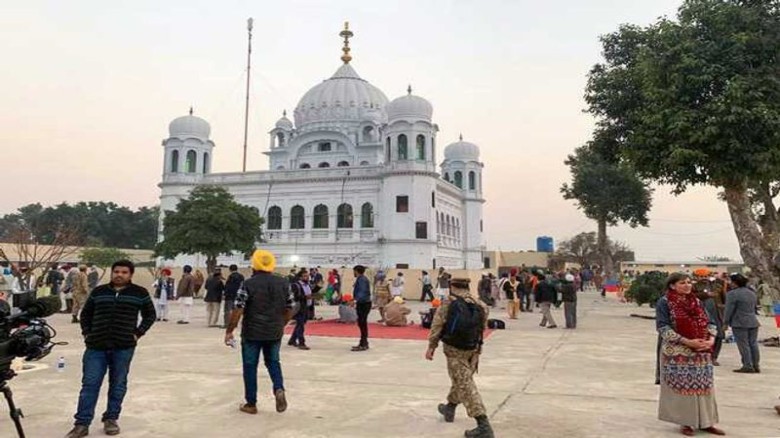







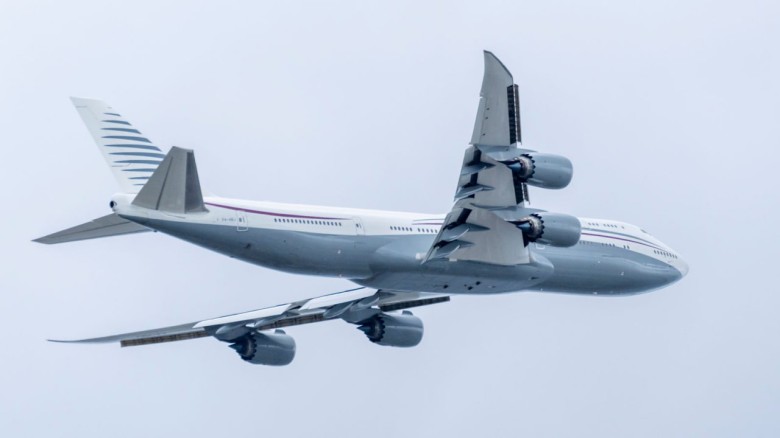

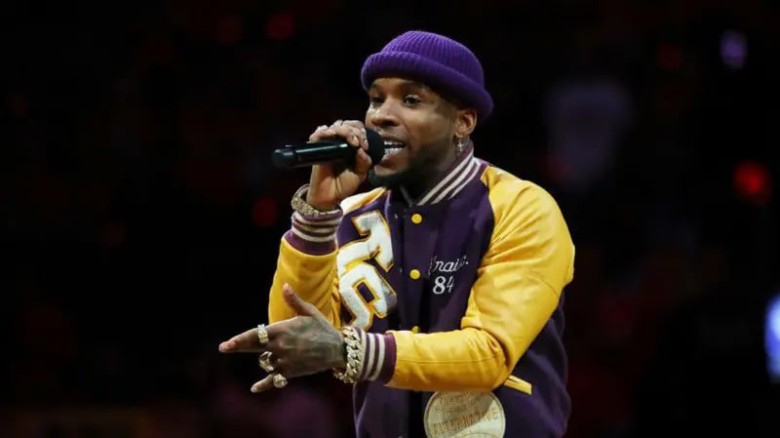

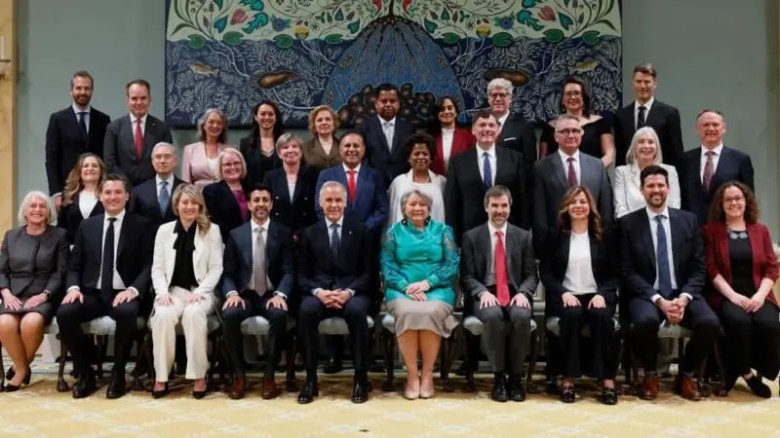


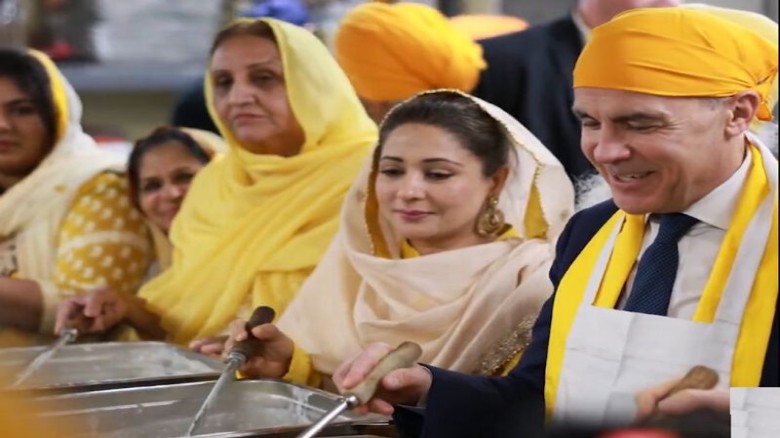


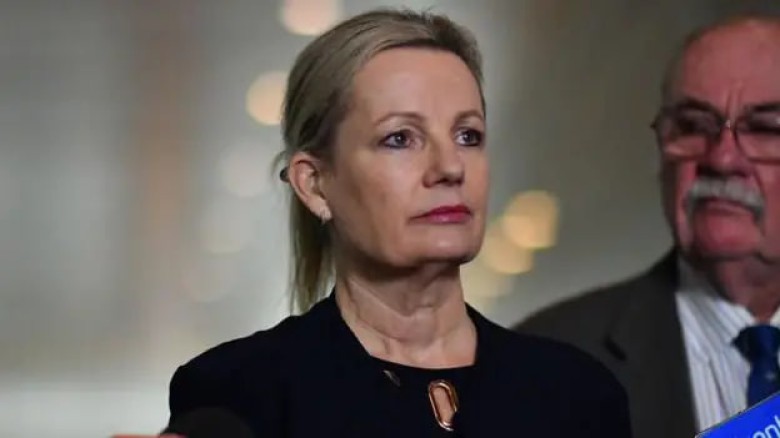

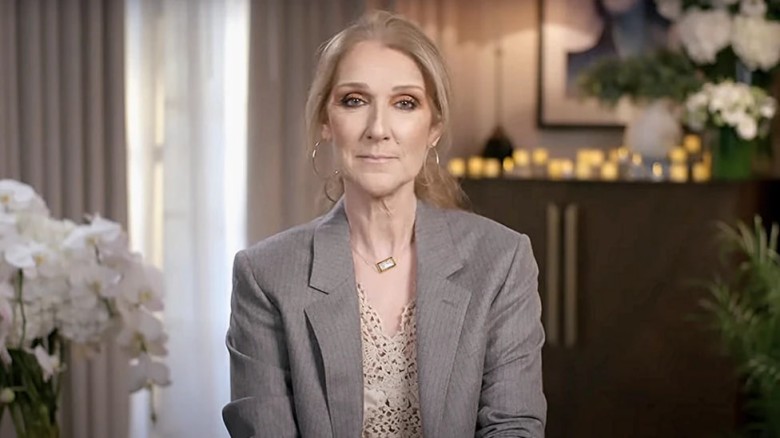





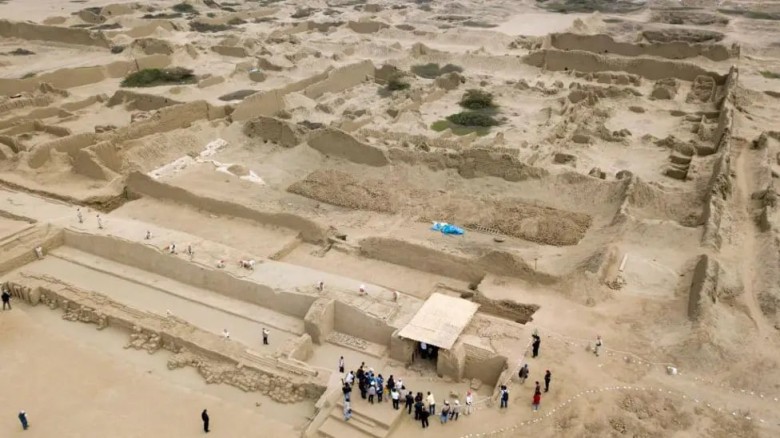
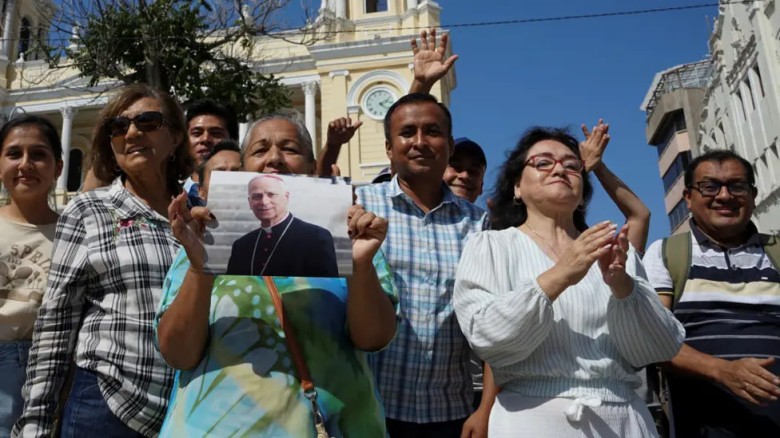



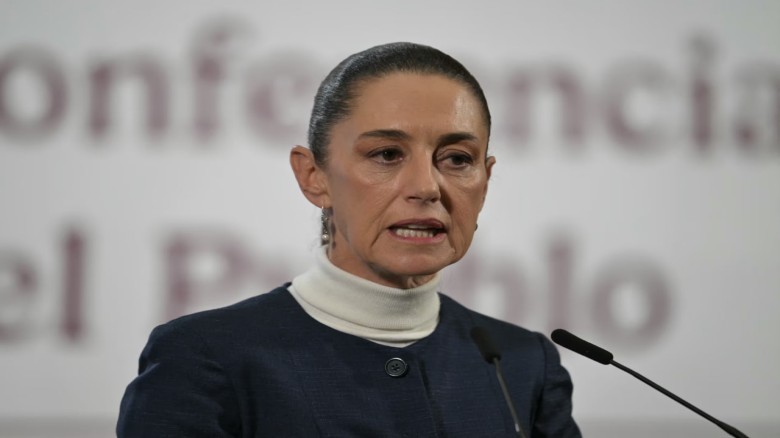
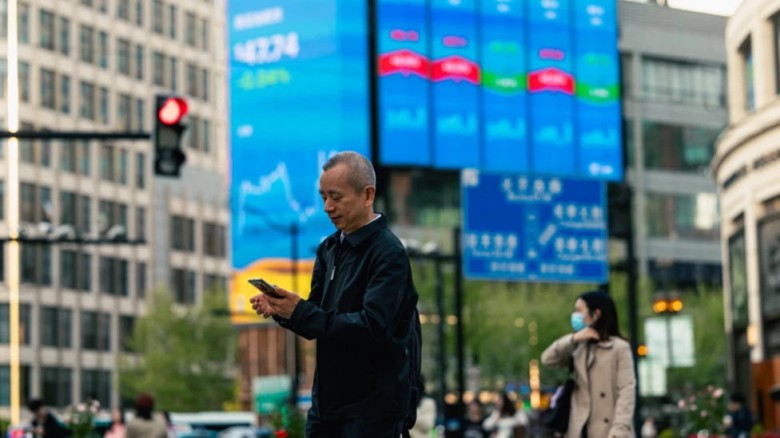
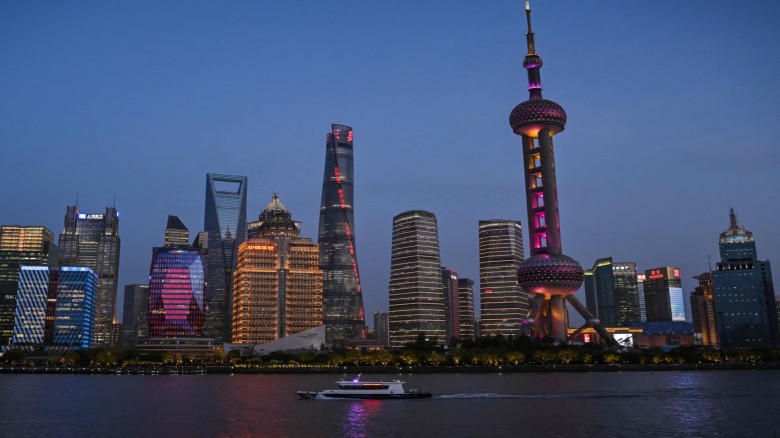
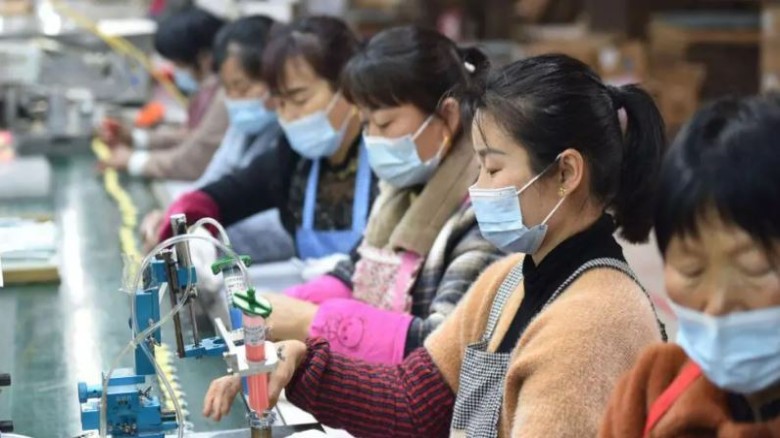

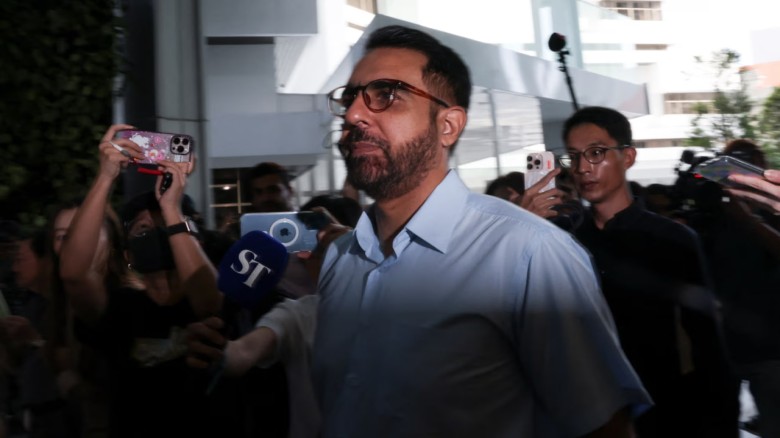
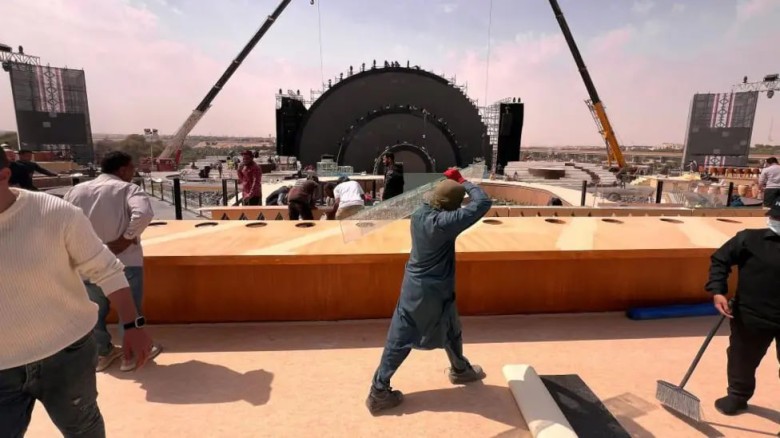

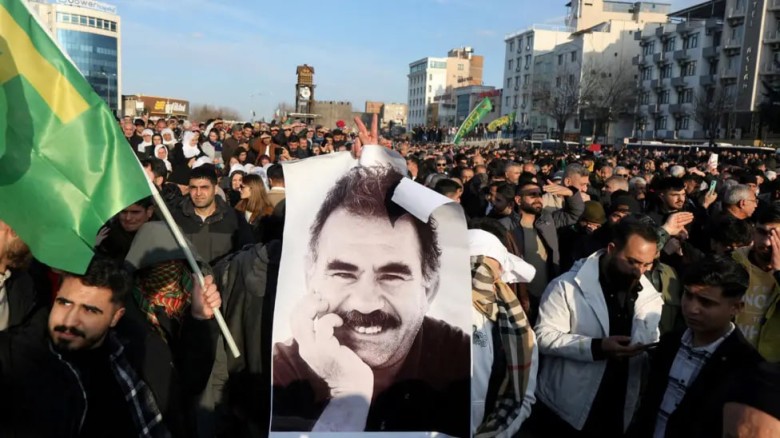


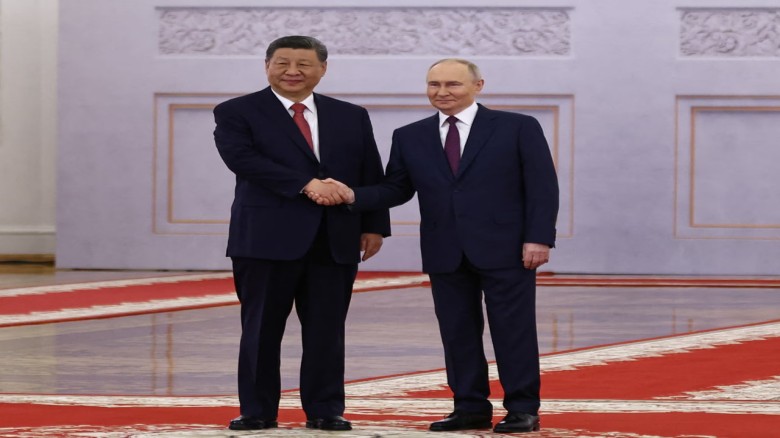
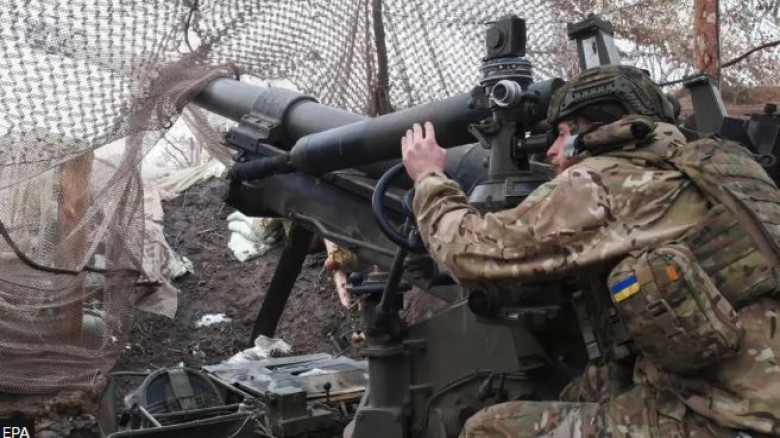

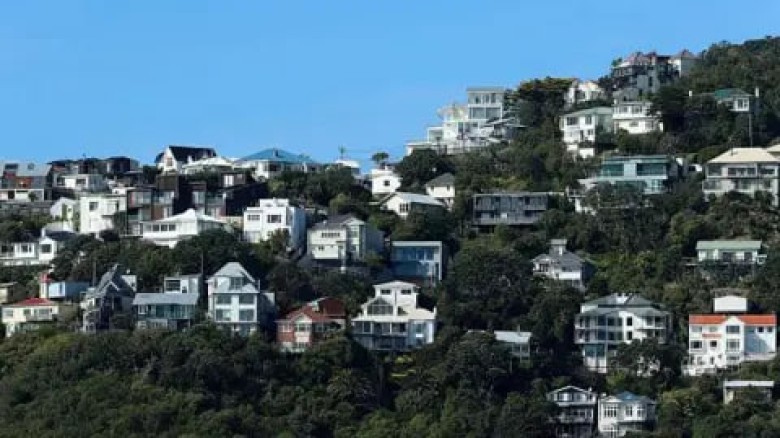




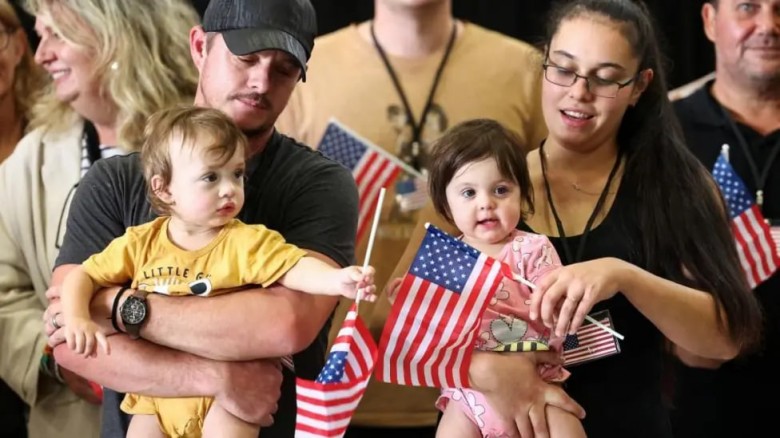


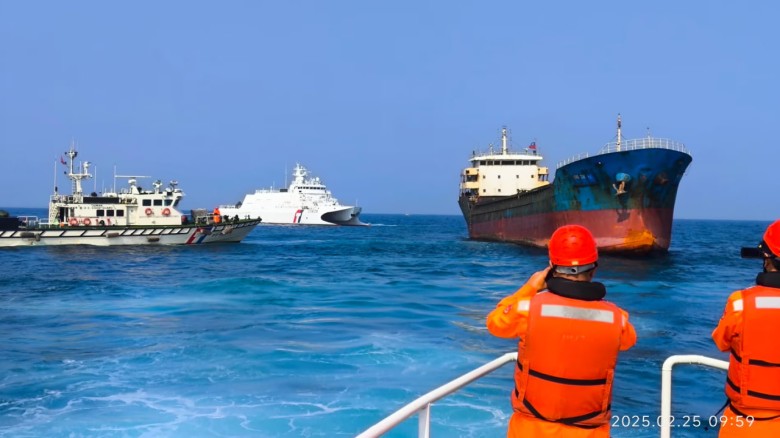

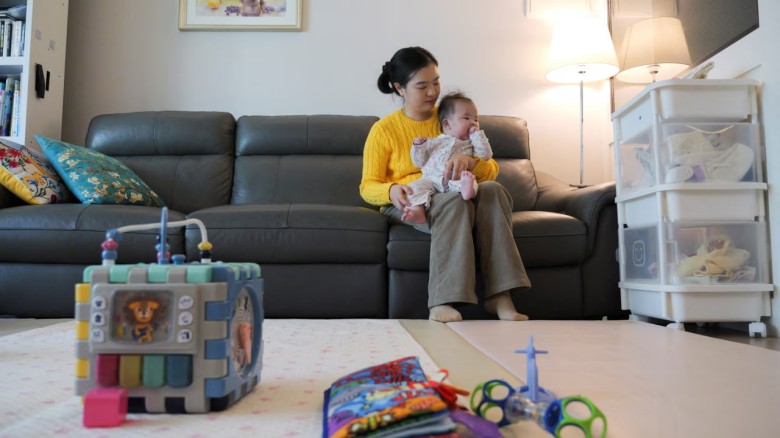
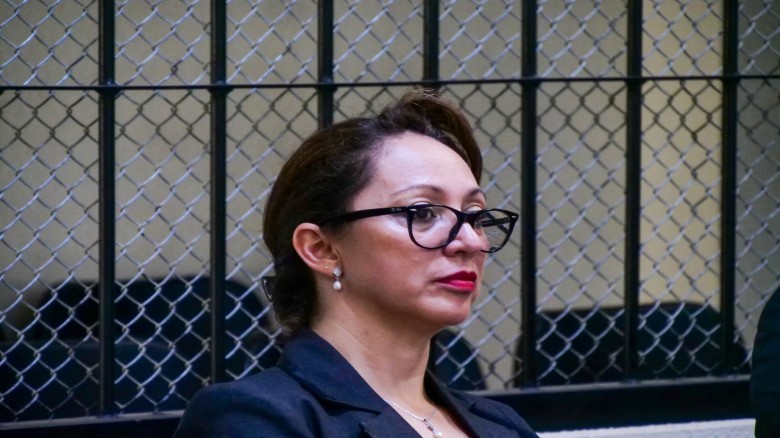

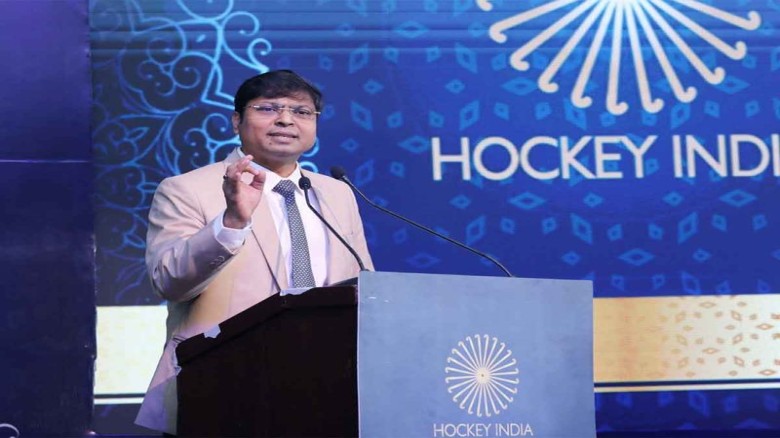




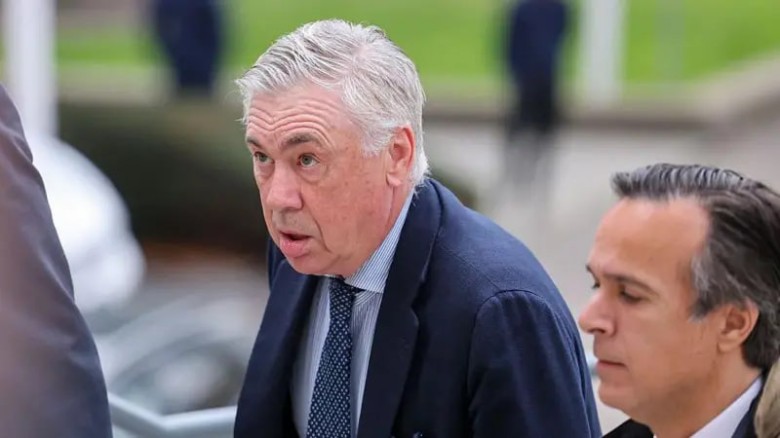



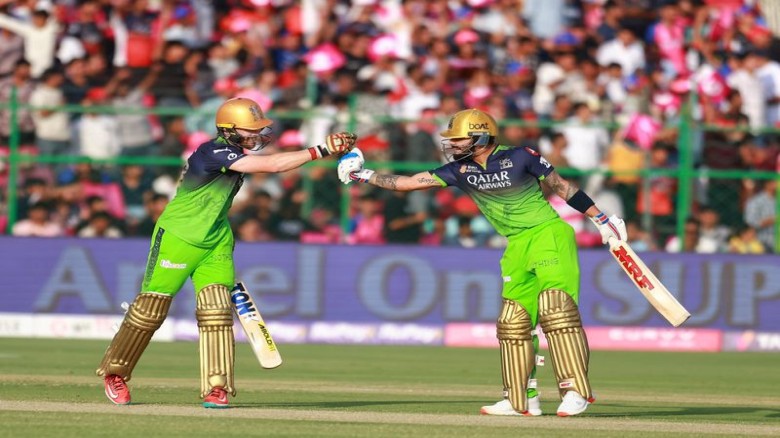

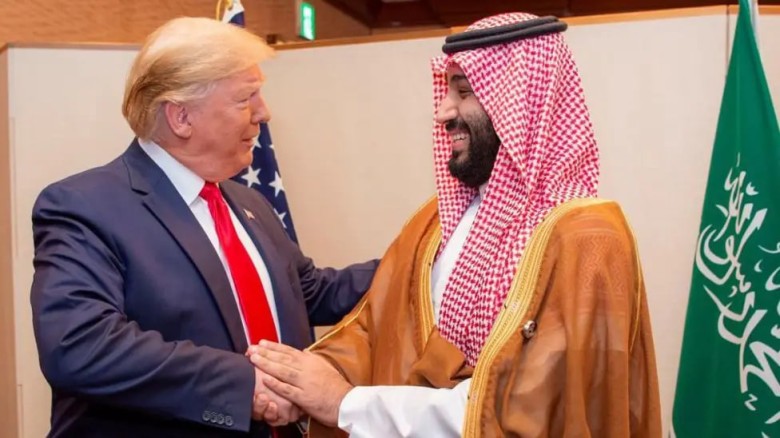


Leave A Comment